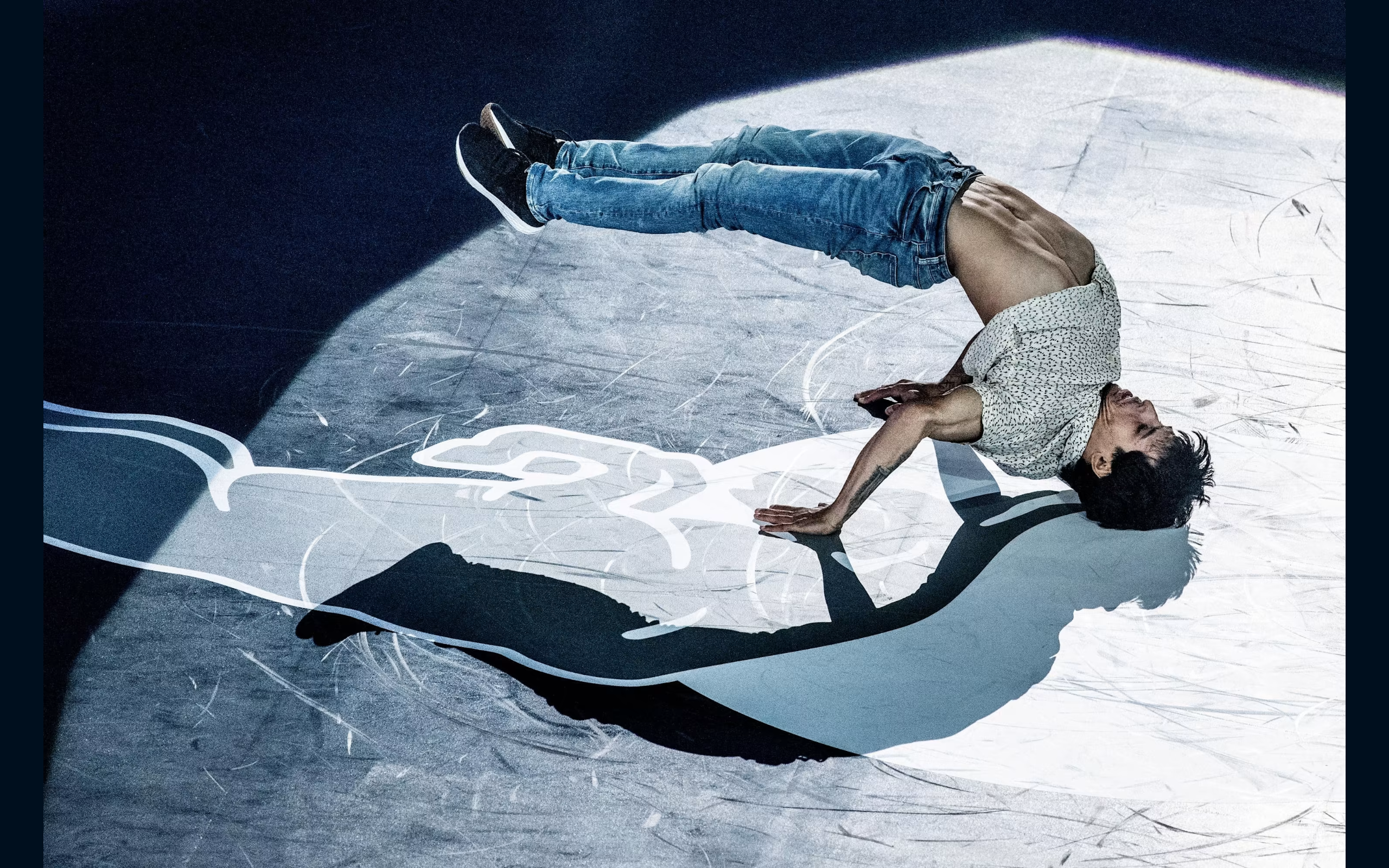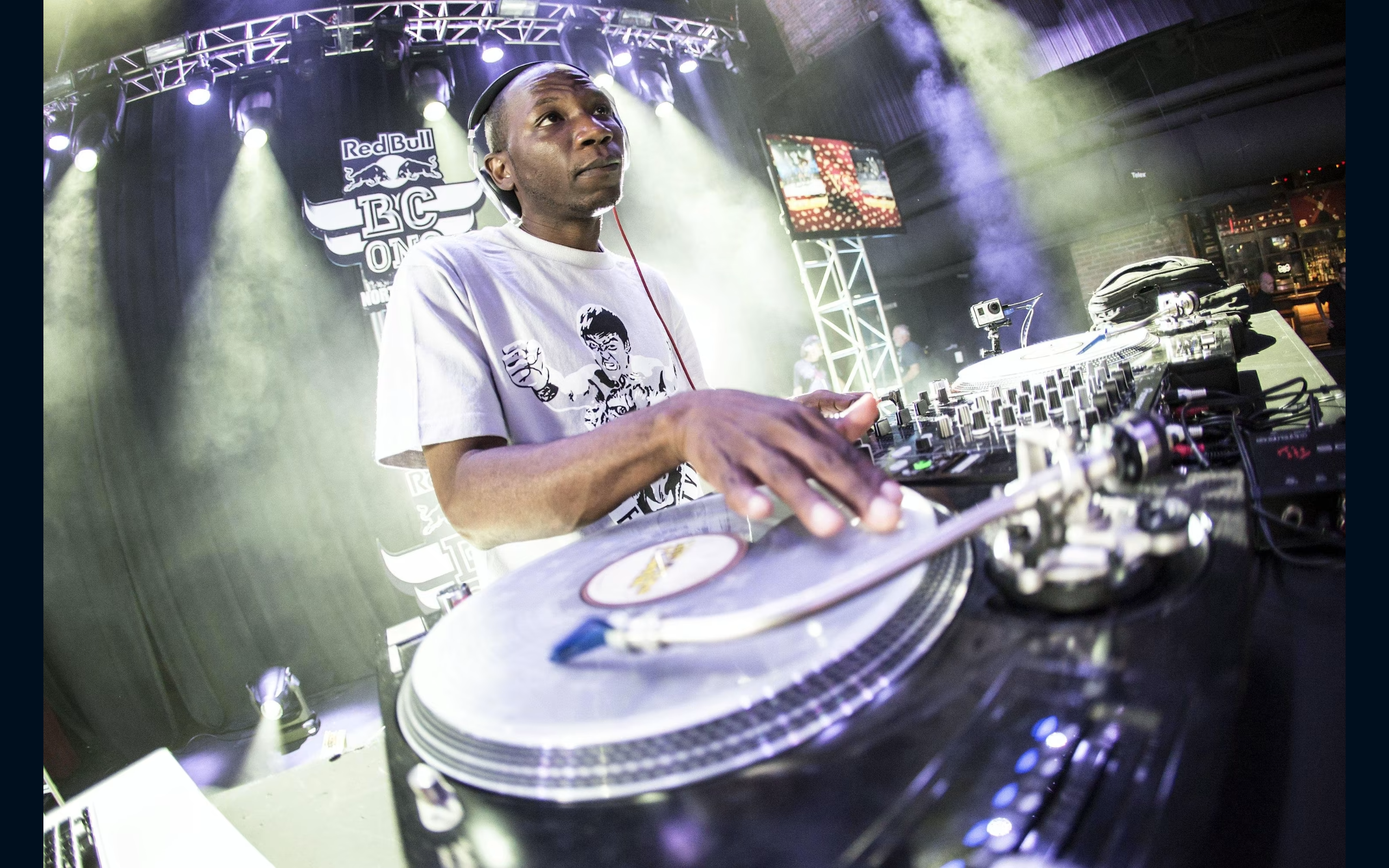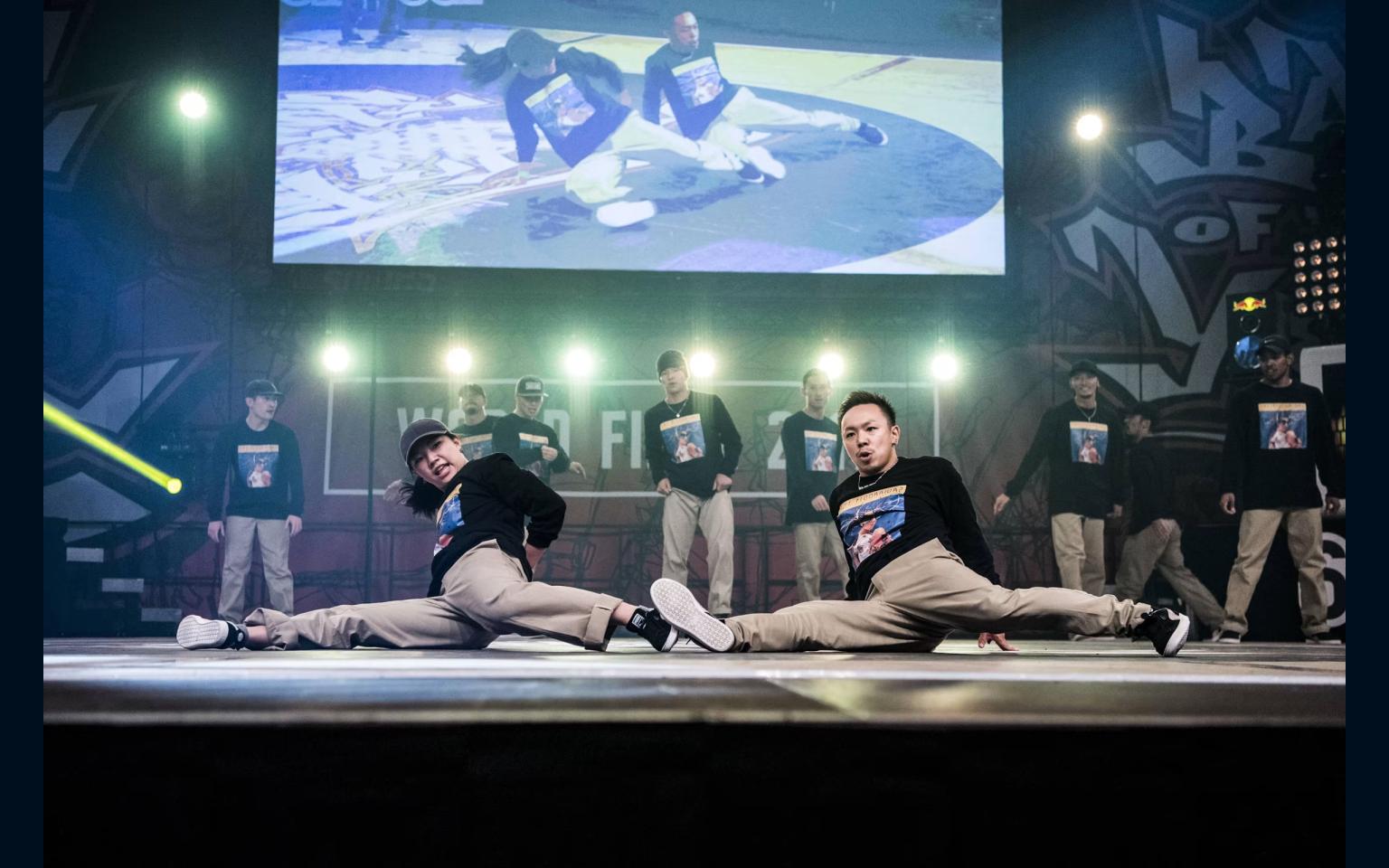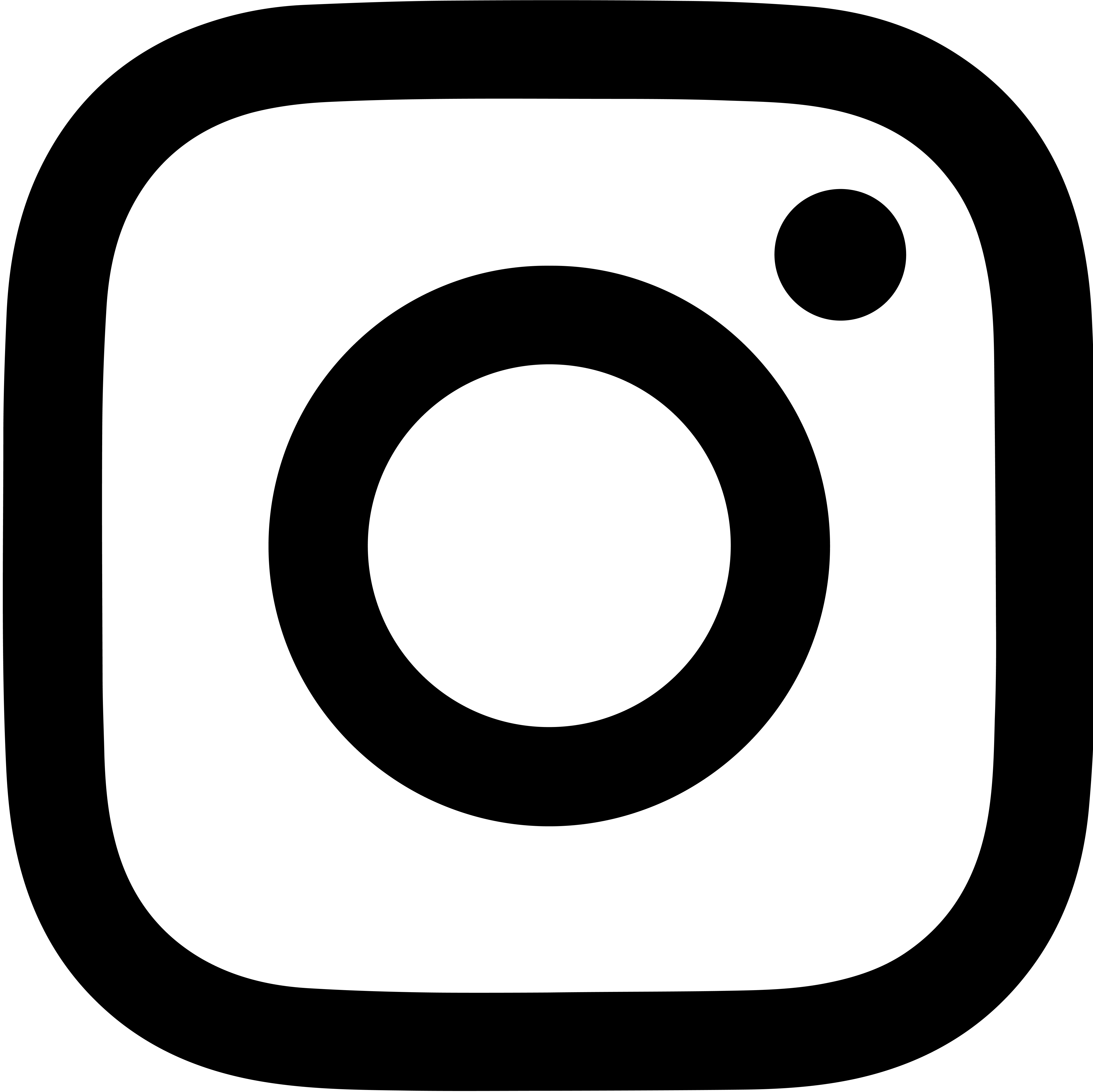Breaking has been around since the 1970s and remains just as prominent today. But what do you know of its rich history and influences?
What is breaking?
Breaking, also known as b-boying or b-girling, is a style of street dance that is athletic, energetic and improvisational. It’s the first dance of hip-hop, being one of its four elements alongside DJ-ing, MC-ing, and graffiti.
Breaking originated among Latin American and African American youths in the Bronx of New York around the 1970s. DJ Kool Herc, a Jamaican DJ, produced the instrumental percussive and bass-heavy sections of classic funk and soul songs known as breaks.
Dancers were especially energetic during these breaks, so DJ Kool Herc would encourage the b-boys to showcase what they’ve got during his performances.

By the late 1970s, breaking became an official, full-fledged part of the hip-hop culture in New York City.
Then in 1977, several breakers came together to form the Rock Steady Crew; some of the original members included Richard “Crazy Legs” Colón, Kenneth Ken Swift” Gabbert and Santiago “JoJo” Torres. Soon, promoters and the media noticed B-Boys and B-Girls at parties, parks and clubs.

Courtesy of The Hip Hop Museum
In the early 1980s, breaking was also prompted into the mainstream spotlight when the Rock Steady Crew went on the Roxxy European Hip Hop Tour, performing in London and Paris and appearing on Letterman’s talk show.
Another crew, the New York City Breakers, appeared on a TV show pilot — Graffiti Rock in 1984. They also performed for President Ronald Reagan for the 1984 Kennedy Center Honours, with their performance broadcasted nationally.

Courtesy of The Hip Hop Museum
It’s evident that breaking has skyrocketed in popularity worldwide, and more opportunities have arisen for breakers. B-Boys and B-Girls began to appear in music videos and movies such as Wild Style, Beat Street, and Flashdance.

Breaking vs breakdancing
Although the word ‘breakdance’ is widely used in media and pop culture, it is considered to be incorrect. The term was first introduced in the 1980s when breaking first came into the awareness of the public.
In addition, ‘breakdancing’ is also sometimes used to refer to other unrelated moves and genres, such as popping and locking, which became more prominent around the same time in Los Angeles. The original name for the dance is and remains as breaking.
Elements of breaking
Breaking is composed of a few elements: toprock, drops, downrock, power moves and freezes.

Toprock:These are steps that are performed while standing. Many breakdancers begin with toprock moves before transitioning into other elements, then intersperse transitions throughout the set to give a visual break between standing, footwork and floorwork.
Downrock:These are steps that are performed on the ground, usually with the breaker supporting themselves by their hands or feet. One of the most foundational downrock moves is called the six-step, in which the breakers support themselves with their arms and work their feet in a basic sequence that propels them in a circle.
Drops:Drops are transitions between toprock and downrock. Breakers can be as simple or as creative as they want with their drops — b-boys and b-girls can drop their body to the floor, or incorporate unique visual elements or moves.
Power moves:These gymnastic and martial arts-inspired acrobatic moves rely on athleticism and momentum. Foundational power moves include the windmill, swipe, flare, backspin and headspin.
Freezes:These are poses that the breaker holds for multiple beats, which require balance and strength. Freezes are most often incorporated during strong beats in the music or to mark the end of a set.

Music of breaking
Music is, of course, essential to any form of dancing. To create music for breaking, DJs often use music from other genres, like funk, jazz, soul and R&B.
They share the characteristic of havings breaks. The music used can be adapted from a variety of genres, especially when using a remix and even when hip-hop music is most frequently played. What’s most important is they have a steady beat pattern and tempo.

Cyphers in breaking
Cyphers are circles breakers form and dance in when they are getting down together, taking turns with one person in the cypher at a time. These cyphers can form anywhere and everywhere breakers are dancing — clubs, parties and even outside on the street.
Breakers will also call each other out to battle in a cypher, when there is no time limit or a winner, but just breakers battling until someone decides the battle is over. This, however, is different if the cypher is used as a qualifier for a battle.
Unlike a competition, one need not have to qualify to cypher, and you can just enter one. It’s a place for everyone, regardless of age, skill and gender. It’s also the best place for breakers to try new stuff, push their stamina and test themselves without having anything at stake and without the fear of losing — as compared to a battle or competition where you might lose.
There are also no judges, and dancers can keep going into the circle as they please. Historically, cyphers are also where dancers showed their moves and made their names or introduce a new member into a crew. The cypher is crucial as it is where the B-Boy or B-Girl’s true freedom lies.
Breaking competitions
Breaking has evolved from being a party dance to a worldwide competitive art form with hundreds of events dedicated to it. These competitions can take many formats, but the main ones are one-on-one solo battles or crew competitions.
Battles have DJs spinning the music, a host on the mic and three to six well-known breakers as judges who vote at the end of each round to decide the winner.
Judges often look for musicality, foundation, the difficulty of movement, character/personality, style, execution, originality and composition.

Some of the major breaking competitions include:
- Battle of the Year, the biggest international breaking competition held in Germany;
- Red Bull BC One, an annual competition that brings the world’s Top 16 breakers to compete;
- Youth Olympics, breaking was officially introduced into the Youth Olympics in 2018 at Buenos Aires, the first time breaking was featured in an Olympic competition;
- Summer Olympics, breaking will debut at the Paris 2024 Olympics after it was declared an Olympic sport in 2020

Courtesy of Paris Olympics 2024
Find out how you can qualify for breaking at Paris 2024 here.
It is evident that breaking has played a major role in the culture of hip hop and the culture of dance as a whole. From New York to being an international sport, the past 50 years of breaking must have been some of the most revolutionary for the world of dance.
That being said, B-Boys and B-Girls of the world are just getting started, and there’s more that’s yet to discover and appreciate!
Who’s your breaking inspiration?
For more dance reads, click here.
All images courtesy of Red Bull, unless otherwise stated.



